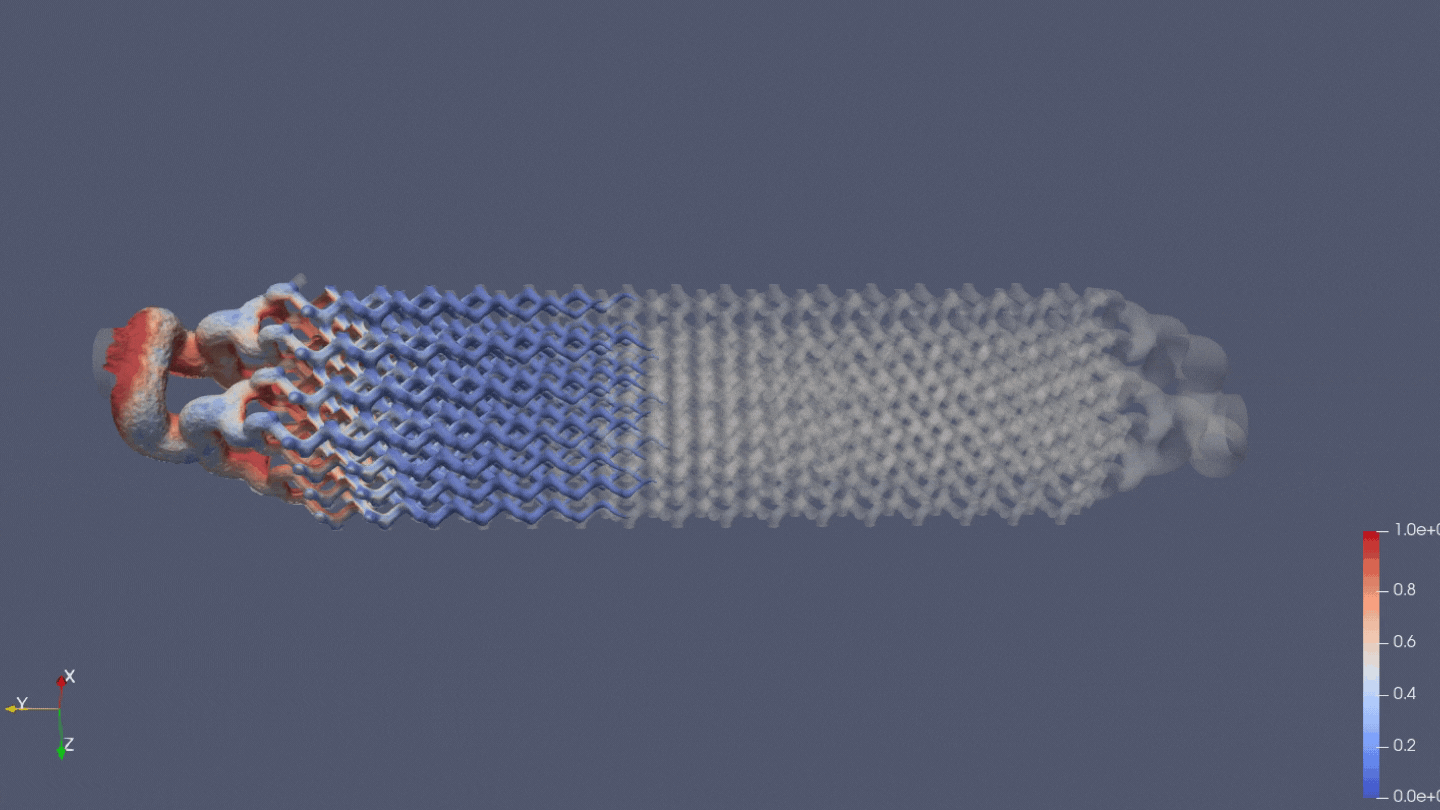
Have you ever wondered what laminar flow is? Most likely not. Still, it’s one of a thousand physical phenomena that help keep us alive.
Our vascular system is composed of blood vessels, small tubes called veins and arteries. Through these tubes our heart pumps blood that transports all the important nutrients needed to keep our organs vital. Thanks to the regularity of our heartbeat, the proportion of our blood vessels and the viscosity of our blood, this occurs in a very controlled and orderly way. The fluid – in this case blood- moves in different layers that flow smoothly along without interfering with each other. This kind of movement is called laminar flow. In a healthy body, this type of current assures an obstruction free delivery of all essential elements we need to subsist.
To make it really simple, you could picture laminar flow as a quiet and calm river. If you were to throw a couple of rubber ducks inside it, you could visualize the different streamlines running alongside. The ducklings would swim in their own line without bumping into each other. Yet, you would also observe that they move at different speeds. In the middle of the river the stream tends to be faster than the ones nearer to shore. This is caused by the friction that originates between the different layers of the streams. Depending on the viscosity of the fluid, the friction is higher or lower and this has a direct impact on its velocity pattern.
Contrary to the laminar flow, there also exists a so-called turbulent flow. Instead of a calm river, you would find yourself facing a bubbling brook. Here, the water moves in an uncontrolled way forming swirls and twirling your rubber ducks around in irregular lines and changing rhythms, leaving us unable to identify a clear streaming pattern.
The way fluids move has a direct impact on the manner they transport mass or heat. That’s why in physics the branch of fluid mechanics studies their behavior and puts the knowledge to use in a great range of disciplines. So, thanks to the understanding of fluid dynamics, we can fly airplanes, build sewers or transport gas and oil through pipelines.
At Stämm we see the natural presence of laminar flow in our vascular system as an inspiration.
Since our main goal is providing an optimized method for growing cells in order to generate important biomaterial for humanity’s need -starting with monoclonal antibodies to cover therapeutic demands- we are developing a device in which cells grow in a continuous laminar flow.
Using this technique, we disrupt the manner bioprocesses are carried out today.
Ordinary bioreactors produce a turbulent flow with propellers, causing an uncontrolled stream where cells -much like the duckling on the brook- swirl around chaotically in their medium. Sure, this is a good method for providing cells with oxygen and maintaining the required temperature inside the reactor, yet we are insisting on imitating the natural processes occurring inside our blood vessels.
Why?- Because we want to turn a good method into a great one. By carrying our cells smoothly through tiny channels, we are keeping them cozy, well fed and in optimized conditions. Thanks to this improved environment, cells grow more effectively, producing higher quantities of our desired product in way less time and space.
We call our device “the Bioprocessor”, or tenderly, our little “SPA for cells”.
To develop it we are recurring to the complex study of microfluidics, a special field dedicated to the behavior of fluids inside really tiny tubes- or so called micro-channels.
Using this technique is very challenging, yet we strongly believe it to be THE way bioprocesses should be realized.
Our game chant: Go Laminar or Go home.
By Hannah Kreher
